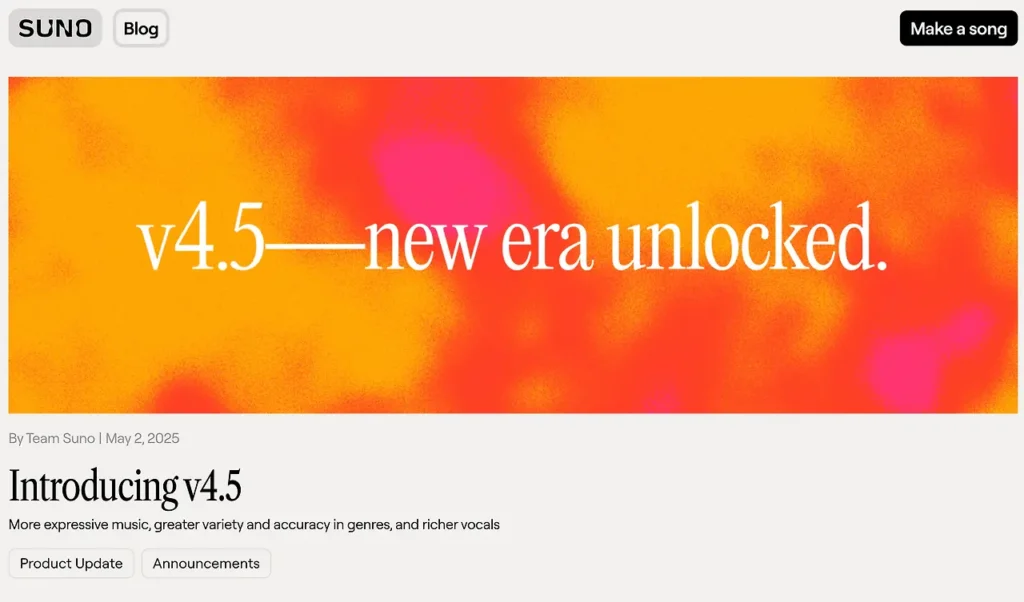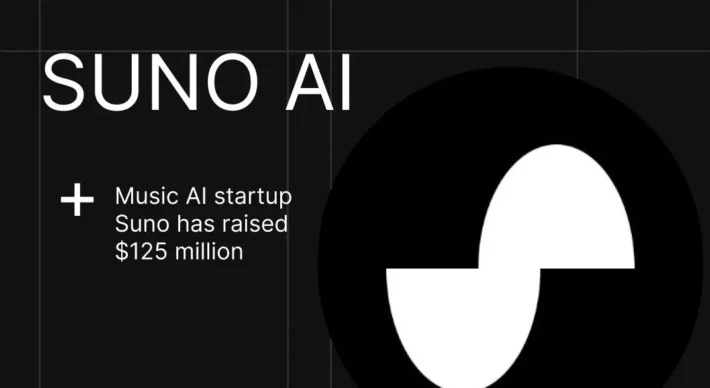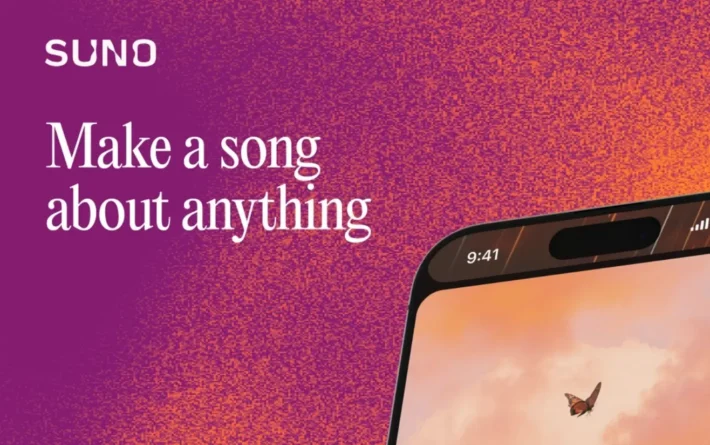Discover the Best: Suno v4.5 vs Other AI Music Tools

Suno v4.5 has rapidly garnered attention in the AI music generation space for its advanced expressivity and vocal synthesis capabilities. As AI-driven music creation tools proliferate, understanding the unique strengths and limitations of each platform becomes crucial for creators, producers, and enthusiasts. This article examines how Suno v4.5 compares to leading alternatives, across core dimensions such as audio quality, genre diversity, vocal realism, user experience, integration, and pricing.
What is Suno v4.5 and why does it matter?
Suno v4.5, released on May 1, 2025, represents the latest iteration of Suno’s AI-driven music generation platform. Building on the breakthrough improvements of v4—cleaner audio, more human‑like vocals, and dynamic song structures—Suno v4.5 introduces:
- Expanded genre library and mashups: Support for niche styles like “gregorian chant” and seamless blending.
- Enhanced vocal realism: Greater emotional depth, wider pitch range, and improved vibrato.
- More complex, textured sounds: Fine control over instrument layering, reverb tails, and subtle timbral shifts.
- Prompt enhancement helper: A built‑in assistant that transforms brief style prompts into richly detailed instructions.
- Extended track length: Up to eight‑minute compositions in a single generation, or seamless extensions of existing tracks .
These upgrades aim to give creators unprecedented flexibility—enabling everything from eight‑minute progressive rock epics to intimate, vocal‑driven ballads—directly from a text prompt.
Which other AI music platforms are leading the field?
Before diving into a side‑by‑side comparison, here’s a quick overview of three of Suno’s main contemporaries:
- Google Lyria 2 & Lyria RealTime: The next‑gen successors to MusicLM, integrated into MusicFX DJ, Music AI Sandbox, and YouTube Shorts. Lyria 2 adds fine‑grained controls (BPM, key, novelty arcs) and watermarking via SynthID for traceability.
- Meta MusicGen: Part of Meta’s AudioCraft suite, MusicGen is a single‑stage auto‑regressive Transformer that conditions on text prompts or uploaded melodies. Trained on 20,000 licensed hours of music, it emphasizes controllability and efficiency.
- Stability AI Stable Audio 2.0: An audio‑to‑audio and text‑to‑audio model trained exclusively on the AudioSparx library. Generates up to three‑minute, 44.1 kHz stereo tracks and integrates Audible Magic for real‑time copyright matching.
How do these platforms compare across key criteria?
1. Audio Quality & Realism
- Suno v4.5 delivers crisp highs, tight lows, and lifelike transients, with retrained models capturing subtleties like reverb tails and micro‑dynamics.
- Google Lyria 2 builds on MusicLM’s 280,000‑hour training corpus to create polished, professional‑sounding tracks, now with SynthID‑watermarked outputs for provenance .
- Meta MusicGen achieves high fidelity via a compressed 32 kHz EnCodec tokenizer and parallel codebook generation, matching or outperforming baseline models on standard benchmarks.
- Stable Audio 2.0 provides studio‑quality 44.1 kHz stereo audio, though occasional artifacts can surface when pushing beyond its three‑minute design limit .
2. Genre Coverage & Control
- Suno v4.5 supports an extensive and growing genre palette—from punk‑rock to grunge to Gregorian chant—and excels at style blending.
- Lyria 2 offers parameterized controls for BPM, key signature, and “novelty arcs,” enabling inpainting between segments with stylistic consistency.
- MusicGen allows both text and melody conditioning, plus optional chord‑progression control via the MusicGen‑Chord extension, granting users granular compositional influence.
- Stable Audio 2.0 emphasizes “style transfer” on uploaded samples, ideal for matching new compositions to existing tracks, but its pure‑text prompting can be less intuitive for some genres .
3. Track Length & Structure
- Suno v4.5 doubles Suno’s previous four‑minute cap to eight minutes, and includes an “Extend” tool for seamless expansions.
- Google Lyria RealTime (MusicFX DJ) focuses on continuous, live‑mix style generation rather than strict time caps, making it suited to DJ sets and streaming contexts.
- Meta MusicGen generally produces shorter clips (tens of seconds), though it can be chained programmatically to create longer pieces, trading off convenience for flexibility .
- Stable Audio 2.0 supports up to three‑minute outputs by design, encouraging concise compositions or manual stitching for longer projects .
4. Vocal Generation
- Suno v4.5 remains one of the few platforms offering realistic, expressive AI vocals—complete with vibrato and legato transitions .
- Lyria 2, MusicGen, and Stable Audio 2.0 are primarily instrumental, lacking native vocal synthesis capabilities and requiring third‑party tools for lyrics and singing.
5. User Experience & Accessibility
- Suno provides a polished web UI, mobile apps, real‑time parameter sliders, a “genre picker” preview, and the prompt helper for streamlined workflows.
- Google integrates generative music tools into familiar products—MusicFX DJ, Sandbox, and YouTube Shorts—lowering the barrier for casual creators .
- Meta MusicGen is accessible via Hugging Face Spaces and open‑source AudioCraft libraries, ideal for developers and researchers comfortable with code .
- Stable Audio 2.0 offers a simple web interface with drag‑and‑drop audio‑to‑audio conversion and prompt input, suited for quick experimental use.
6. Pricing & Licensing
- Suno operates on a freemium model: free accounts (four‑minute cap), Pro/Premier tiers unlock extended length, prompt tools, and priority access .
- Google Lyria 2 remains in beta within Google’s AI Test Kitchen, freely available but subject to usage quotas .
- Meta MusicGen is free to use via open‑source releases, with commercial licensing handled through Meta’s research agreements.
- Stable Audio 2.0 is free for non‑commercial creation, with premium plans offering higher quotas; all training data is licensed from AudioSparx.
7. Legal & Ethical Safeguards
- Suno is embroiled in copyright lawsuits (RIAA, GEMA), challenging its use of unlicensed recordings in training
- Google Lyria 2 watermarks outputs with SynthID, embedding immutable traces to address provenance and misuse concerns.
- Meta MusicGen is built on 20 K licensed hours and open‑source frameworks, emphasizing transparency in training data .
- Stable Audio 2.0 integrates Audible Magic for real‑time copyright detection, alerting users to potential infringements.
Which tool is right for your project?
- Choose Suno v4.5 if you need realistic AI vocals, extended track lengths, and an intuitive “genre + prompt” workflow.
- Opt for Google Lyria 2 if you’re experimenting within Google’s ecosystem or require seamless DJ/live‑mix integration with provenance tracking.
- Use Meta MusicGen if you’re a developer/researcher seeking open‑source flexibility, melody conditioning, and chord‑level control.
- Try Stable Audio 2.0 for quick audio‑to‑audio transformations, licensed content generation, and style‑transfer experiments in under three minutes.
Each of these platforms pushes the boundaries of AI music creation in unique ways. Your choice will depend on whether your priority is vocal realism, creative control, track complexity, or legal/ethical assurances—and how those align with your production workflow and budget.
Conclusion
In the current AI music generation landscape, Suno v4.5 distinguishes itself through its blend of audio fidelity, vocal realism, and user-friendly workflows. While tools like Jukebox and MusicLM excel in exploratory research and instrumental complexity, Suno’s integrated lyrical capabilities and genre-mashup intelligence offer a more complete solution for songwriters and content creators. AIVA remains a strong contender for classical compositions, and Mubert fills a niche in continuous background audio. As Suno progresses toward v5, its focus on DAW integration and real-time collaboration may further consolidate its lead among accessible, high-quality AI music platforms.
Getting Started
CometAPI offer a price far lower than the official price to help you integrate suno API, and you will get $1 in your account after registering and logging in! Welcome to register and experience CometAPI.
You can see Suno v4.5 upgraded in CometAPI through seeing API doc. Let’s start looking forward to the wonderful music of suno 4.5!More details about Suno Music API.You can switch the suno API version through parameter control
Use method: Submit task interface where mv parameter controls suno version.Update the parameter version, the model call remains unchanged, change the parameter in mv to chirp-auk to access suno 4.5 in CometAPI.



